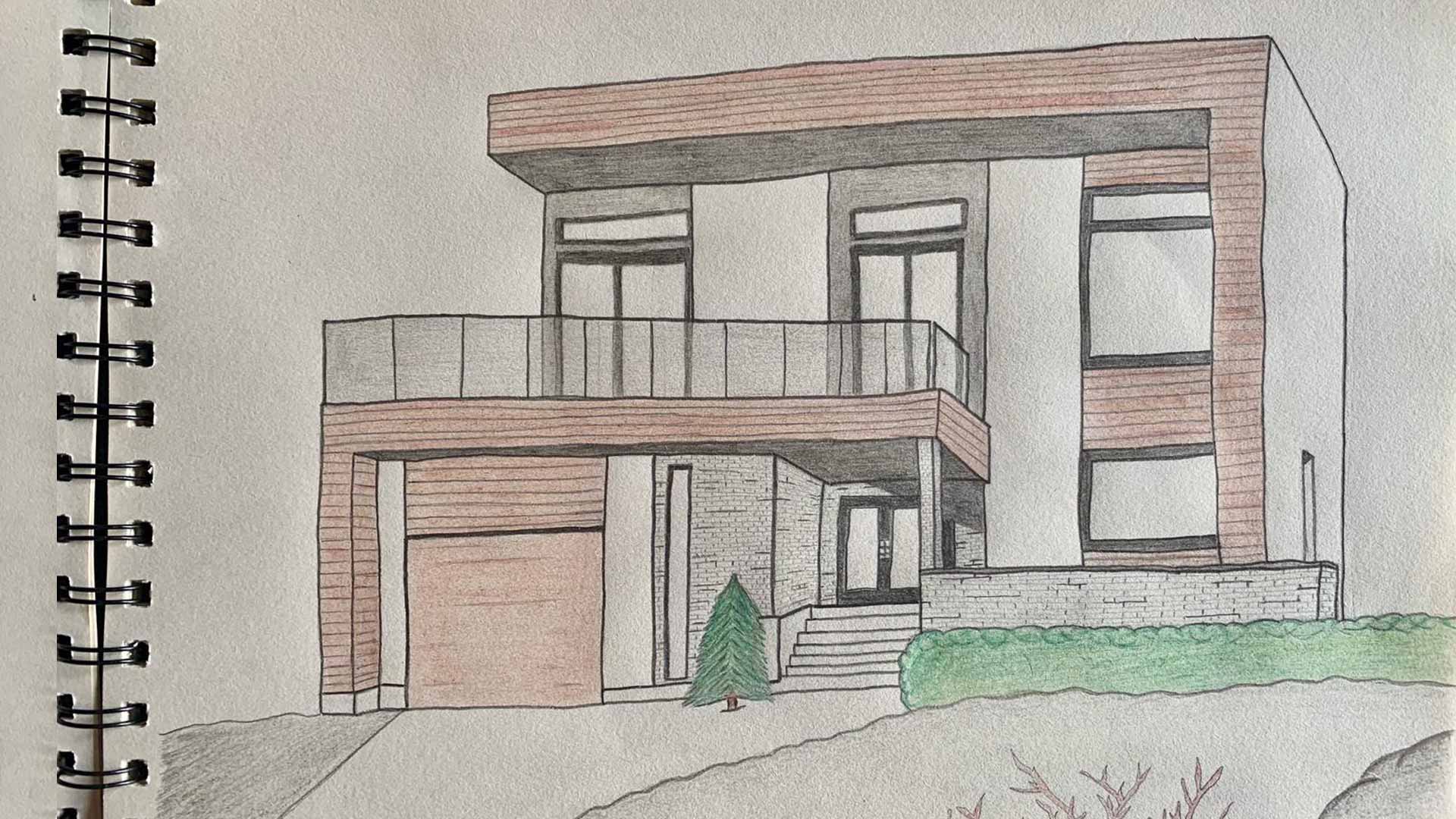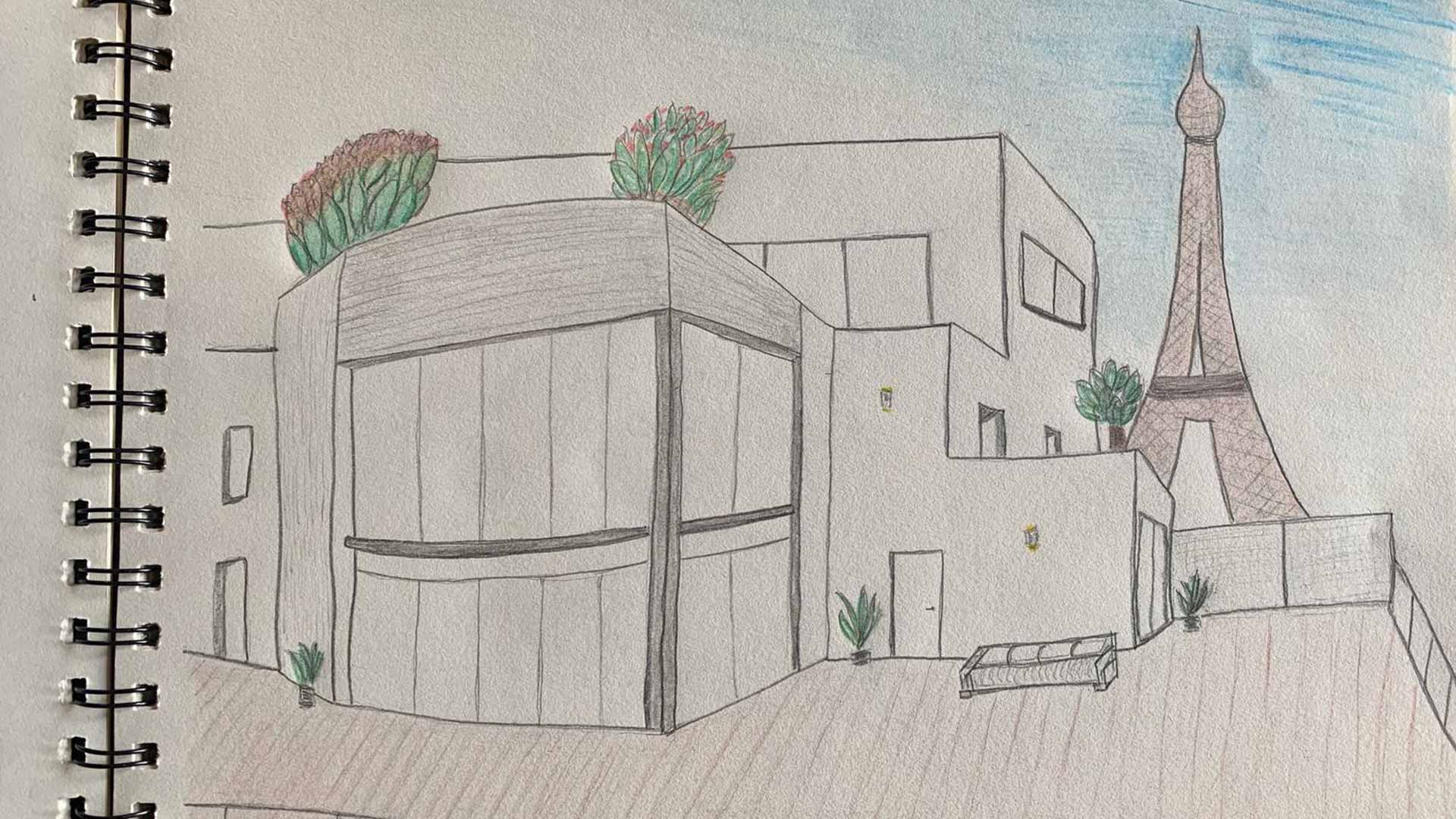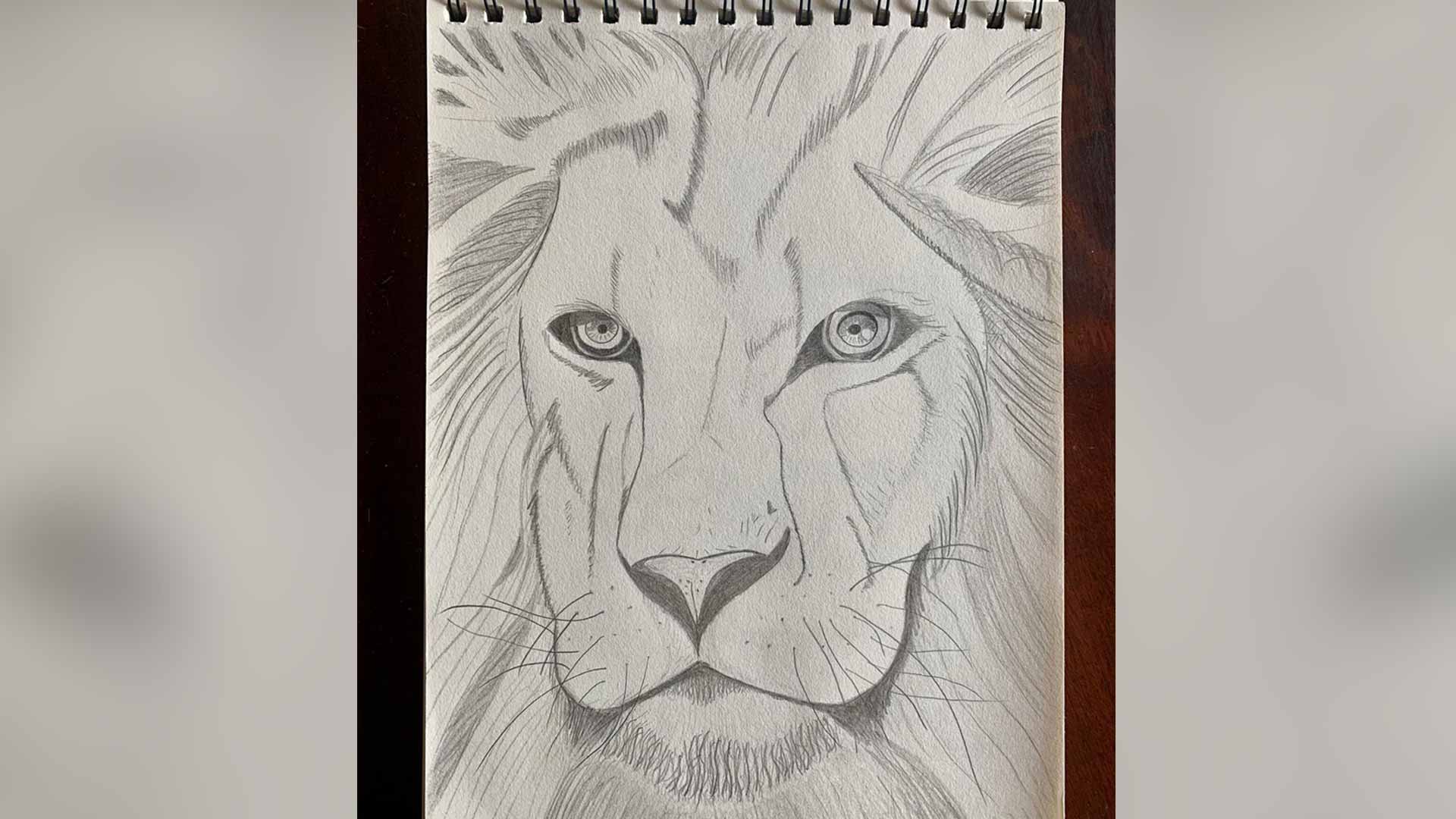Editor’s Note: ATPTour.com is resurfacing features to bring fans closer to their favourite players during the current suspension in tournament play. This story was originally published in January 2019.
I had finally reached my breaking point. Tennis wasn’t fun anymore.
I was playing a Futures event in Mornington, a town in Melbourne, Australia, in March 2016. I had recently struggled with some elbow issues, but that wasn’t my biggest problem. Questions constantly popped into my head.
Why am I here? Why am I playing? When could I go home?
It was funny because on the training court, I was having a great time. But as soon as it came to a match, my mind was everywhere but the tennis court.
I was miserable. I’d hit an error and be asking myself questions instead of problem-solving or looking to the next point.
After barely squeaking by an unranked player in the first round, I lost to someone outside the Top 1,300 in the ATP Rankings. When you’re a kid, everyone dreams of becoming the next Roger Federer or Rafael Nadal. You think about playing for Grand Slam titles. And there I was losing early at a Futures.
Climbing the ATP Rankings is tougher than these guys make it look. You have to do well at Futures and then hopefully Challengers and finally ATP World Tour events. You work hard day after day and sometimes it’s not enough, and you get stuck. It can be so frustrating.
After my loss in Morrington, I needed a talk. My coach, who was Simon Rea at the time, sat me down and we had a pretty long chat. There was clearly something wrong. Outside of tennis, I was fine. But as soon as a match began, it was a different world.
Simon didn’t speak to me about tactics or my performance that day. He said I should be more worried about my wellbeing and happiness. And he was right — if I wasn’t happy playing tennis, what was the point?
In that moment, I didn’t think I’d ever pick up a tennis racquet again. I certainly needed a break.
That’s when life got a bit weird.
Tennis was all I knew. I’d never worked a day in life.

But I got a call from my brother-in-law, who was working as a fencer. He needed a couple of people to help him with a project, so I joined in. It’s not like I had anything else to do.
I was actually really excited. I remember waking up at 5:30 a.m. and making the 45-minute drive from home in Murray Bridge, South Australia to a primary school in Mannum.
And let me tell you, this was work. Putting up retaining walls. Digging holes. Sticking posts in the ground. Cementing. I didn’t know much of anything about what I was doing, but I was doing it.
Those were long, hot days. It can get pretty hot out on a tennis court, but this was rough. I was drained to say the least. Those 5:30 wake-up calls? My excitement was gone after Day 2. That was not fun at all.
And the job was around basketball and tennis courts. All I wanted to do was put tennis out of my mind. Just my luck.
I was sick of it after a couple of weeks. And after three weeks, we finished the project. I didn’t go out and find another job. I’d had enough.
Local Aussie Rules football was starting, and some of my mates asked me to play, so I joined the Mypolonga Football Club, where I was a goal-scoring forward. It wasn’t a professional team, but it was fun. I played with the club a bit, and caught up with my friends from home. That helped me regain my happiness again.

It was probably a couple months after that when I started missing tennis. I know, I know. I didn’t think I’d ever pick up a racquet. But I wasn’t totally out of touch. I’d made some great mates with the Aussie boys, and was still in group chats with them.
So when I saw guys I grew up with doing well, my fire started to burn a bit. Jordan Thompson and I had been climbing the ATP Rankings together. Yet there he was cracking the Top 100 and winning four ATP Challenger Tour events that year. Me? I was sitting at home. I was like… s***, that could be me. That should be me.
I didn’t want to act on any of these feelings because they could have just been for a day or two. It could have been a trap. I could have been back on the court hating it.
Eventually, I didn’t have a choice. I got a call from a bloke named Todd Langman. You might know him as the guy who coaches a good mate of mine, Thanasi Kokkinakis.
Todd saw a picture I posted on Facebook at the end of the footy season and gave me a call.
Are you ready to get going again?
All I could say was, you know what, I am.
That first day back was the day of the 2016 AFL Grand Final. I was massively out of shape, but I gave the ball a bit of a bash that Saturday. Todd said he’d see me Monday, and away we went.

It was all a novelty. Training again, getting back into a routine. I was enjoying every bit of it.
As much as I had loved tennis, I used to dread some of the more boring drills. Who wants to hit two balls cross-court and another down the line over and over? But weirdly enough, I was loving it.
Todd even had me playing against young kids. I asked him if he was sure, and he told me to give it everything I had. He didn’t want me worrying about my opponent. It was all about focusing on myself.
I made my return at a Challenger in Adelaide at the start of 2017. A lot of the footy boys came out, so I had plenty of friends and family there to support me. I managed to win a few matches to get into the main draw, and then I reached the second round, so that was pretty cool. Not once did I wonder when I could get off the court.
Things got even better when Tennis Australia gave me a wild card into Australian Open qualies. It was all such a blur. Before I knew it, I was beating Julien Benneteau in the final round of qualies to reach the main draw of a Slam for the first time.

I’d dreamt of that moment for so long, and I thought it was gone the minute I put down my racquet the previous March. I went nine months without playing tennis, not touching a racquet for almost the entire time. But somehow, I’d just beaten a former Top 25 player to make my dream come true.
I don’t know what it was about that month of tennis, but it was like I wasn’t even playing. I couldn’t tell you what happened. But that was when I realised that I made the right choice in coming back.
Last year, I won my second Challenger title, my first ATP Tour match and the coolest of all, I qualified for Wimbledon.
It was definitely bittersweet beating one of my best mates, Thanasi, to do it. But I definitely won’t forget that moment anytime soon. I even got to play on Court 1 in the main draw against British No. 1 Kyle Edmund. That was a bit overwhelming. I might have lost, but I loved every second of it. That’s why us Challenger guys grind away week after week. We live for those moments.

Every so often in my travels, I see a retaining wall and think, ‘Yeah, I know how to put that up’. It’s a good little reminder that I chose the right path.
I feel lucky. When I stopped, that could have been my life. I could be wilting away in the heat putting up fences right now. That’s a career path I would not have done well in, that’s for sure.
Leaving tennis was the best thing I ever did.
Before my break, I was living and dying by everything I did on the court. I couldn’t lose a point. I couldn’t lose a match. But coming back, my mindset was different. I wanted to compete and give it everything I had. If I won, I won. If I lost, I lost. It was what it was. I think that’s a big reason why I started to love this sport again. And I can’t wait to see where this ride takes me.
– as told to Andrew Eichenholz
Read More ‘My Point’ Essays










